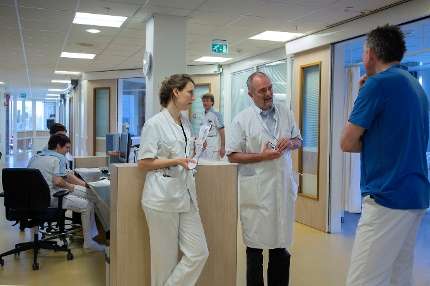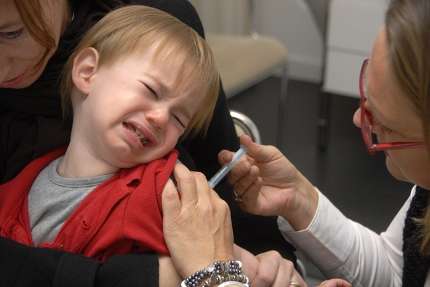Small-scale networks effective for monitoring new medicines

The first generation of research projects in the NWO programme Responsible Innovation, which started in 2010, are still bearing fruit. This is apparent from a recently published article in the journal Research Policy. In this article, innovation scientists Wouter Boon and Ellen Moors and public administration researcher Albert Meijer call for the monitoring of new, not yet fully tested medicines in small-scale, closed networks of patients and physicians. They base this on the Responsible Innovation study 'New modes of governing pharmacovigilance'.
Conditional acceptance
The subject of New modes of governing pharmacovigilance is an innovative approach for monitoring the effects and possible side effects of medicines by means of so-called post-marketing surveillance. This concerns new medicines that have not yet undergone the prescribed – and very long – test period but are nevertheless allowed onto the market. Since 2006, the European Commission permits this conditional marketing authorisation in certain cases: life-threatening diseases, rare conditions or imminent pandemics. In such cases, it is considered unethical to withhold the chance of a cure or protection from patients. A condition is that the pharmaceutical companies monitor in practice the medicines they have produced for possible harmful side effects.
New balance
Boon, Moors and Meijer, who work at Utrecht University, collaborated closely with ethicists, pharmacists, patient associations, physicians and government bodies. The reason for their research was a growing dilemma faced by the regulatory bodies. They must steer a middle course between increasingly assertive patients on the one hand, who demand the right to use new medicines, and the requirements from the general public to be fully protected from risks on the other hand. Conditional market authorisation in combination with small-scale monitoring can help to find a new balance in this situation. The researchers wanted to find out how this innovative form of monitoring can best be used in practice.

They investigated two cases of post-marketing surveillance for the conditional market authorisation of medicines in detail: the introduction of anti-HIV drugs in the 1990s and the vaccination campaign against Mexican flu in 2009.
AIDS and flu
In the Netherlands, the AIDS epidemic initially affected a close and concentrated community of homosexuals, drug addicts and haemophilia patients. For example, the first AIDS patients were cared for at a single ward at the AMC in Amsterdam. A handful of experts – physicians, nurses and scientists – supervised the administration and further development of anti-AIDS drugs and for this purpose set upa special small-scale database. This allowed them to accurately monitor the side effects. Furthermore, the persons involved consulted directly with each other about adjustments to the medication.
During the Mexican flu outbreak of 2009, the Dutch government had to respond to an imminent pandemic as a consequence of a possibly fatal flu virus. In this case a niche of closely collaborating flu experts and government bodies that monitored the side effects arose. Under considerable time pressure the government followed a strict protocol. It ordered the vaccines that had not yet been fully tested and initiated a vaccination campaign among the most vulnerable groups in society. However, the campaign was undermined because a lot of discussion and disquiet arose around it. Various groups opposed the exceptional vaccination regime for a variety of reasons. In their view too little consultation had taken place.
Supplement or alternative
The use of and screening for new medicines in a tightly knit and well-defined network of patient organisations, medical specialists, pharmaceutical companies and researchers can provide a very good alternative for or supplement to the standard large-scale testing procedures, according to the researchers. Due to the close contact between patients and physicians, causal relations come to light that could possibly be missed when working with large, international databases. Furthermore, information about the effect of medicines can be directly applied in the treatment of patients and in the further development of the medicines concerned. Patients are happy with the opportunities that a new medicine offers even if this has not yet been fully developed. This form of monitoring is also cheaper than the extensive test procedures, which cost society a lot of money.
Success factors
Conditions for the success of the small-scale form of post-marketing surveillance are close involvement of all participants, short lines of communication, good provision of information and a robust and shared conviction about the desirability of conditional marketing authorisation. The participants must be prepared for different forms of criticism and always have a valid answer to these. The researchers call for experiments with the monitoring of new and not yet fully tested medicines in defined communities that have evolved bottom up. Government bodies should have more of a facilitating than a directive role in these.
New modes of governing pharmacovigilance was a one-year research project in the NWO programme Responsible Innovation, under the leadership of professor Ellen Moors at Utrecht University.














